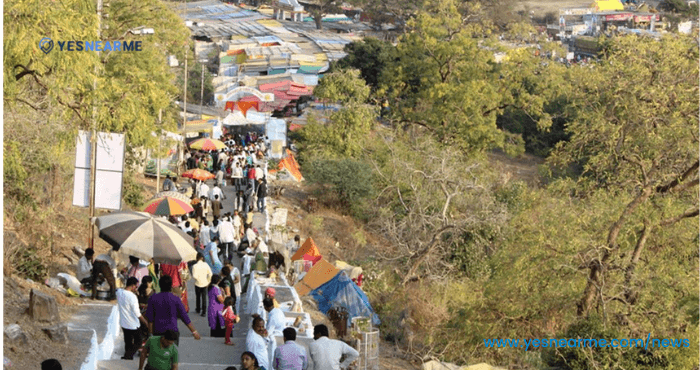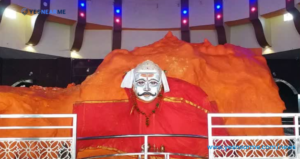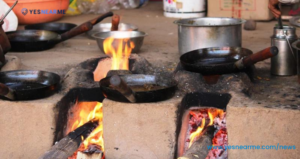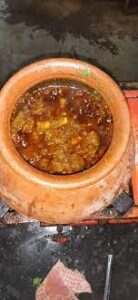
Bahiram is a unique celebration of religion and food. Every December, people in Central India look forward to this yatra. The Bahiram yatra is the biggest yatra in Maharashtra.
This Yatra starts on the 5 of December and ends on the 5 February. Lacks of people visited that yatra for baba’s darshan and enjoyed the party.
Location of Bahiram
The Bahiram is located near Karanja-Bahiram around 20 km from Achalpur. The temple is located atop a hill, locally known as, Bahiram hill, and is around 3 km from Karanja-Bahiram.
About Bahiram yatra
The Bahiram is closely associated with Hindu God Shiva and is widely worshipped in the Amravati region in Maharashtra. One belief is that it is a corrupt form of Bhairav. The deity is also believed to be the guardian deity of the betel leaf gardens. It is also associated with the Khandoba worship in Maharashtra.

The murti (idol) worshipped in the temple is Swayambhu, which appeared on its own. The murti is 6 feet high and 8 feet to 10 feet in width.
It is the kuladevata, or family deity, of many families in Maharashtra. Barias of Maharashtra annually goes on a pilgrimage to temples dedicated to Bahiram.
The main offerings to the deity include sindhoor, butter, coconut, lowers, red lead, and parched rice.
Prayers are offered to Bahiram by couples for healthy children. The deity is believed to give relief to mental and physical distress.
The annual festival dedicated to Bahiram is held from Margashirsha Shukla Paksha Panchami as per Marathi Calendar and attracts thousands of devotees.
History of Bahiram yatra
This temple was built in the early 1800s by a farmer called Tulsiram Madhge. It quickly became the gathering place for villagers from all around who designated this temple as their ‘family deity.’ It also became a social center where villagers gathered to worship, get entertained, shop, and also look for alliances for their marriageable sons and daughters. It is no coincidence that Bahiram yatra happens when the main agricultural season is over, produce has been sold and farmers have free time and money in their pockets.
Earlier animal sacrifices happened regularly, mostly of goats. The meat is consumed as a ‘festive feast’. This led to a well-revered saint of the times, ‘Sant Gadge Maharaj,’ making it a place where he propagated Rationalism in Religious Practice and banished animal sacrifice about 45 years ago.
A distinctive feature of Bahiram is that most devotees cook food here, as against bringing packed food from home or eating at restaurants. (These days restaurants have come up too, but they make food as per your specifications). Cooking is carried on exclusively in clay pots sold in the yatra itself for this purpose. All raw materials, like vegetables, condiments, and spices are also available in the market. The most popular meal is rodage and bittya (baked hand-pounded wheat cake, fried in clarified butter after baking), dal (lentils), and spicy eggplant (aubergine) vegetable curry. Nonveg fare is made too, in fact, many city folks come only for cooking mutton and chicken, something they may not be making at home!
There are some photos in bahiram. People enjoy Matan and chicken handi




Conclusion
That’s all about Bahiram I hope you may be visited and for more updates visit our website yesnearme
You can also read World Photography Day: Quotes, Wishes, History
Hartalika: A Festival of Love and Loyalty
Janmashtami Festival Wishes | Quotes | Massages
Visit the nearest place
